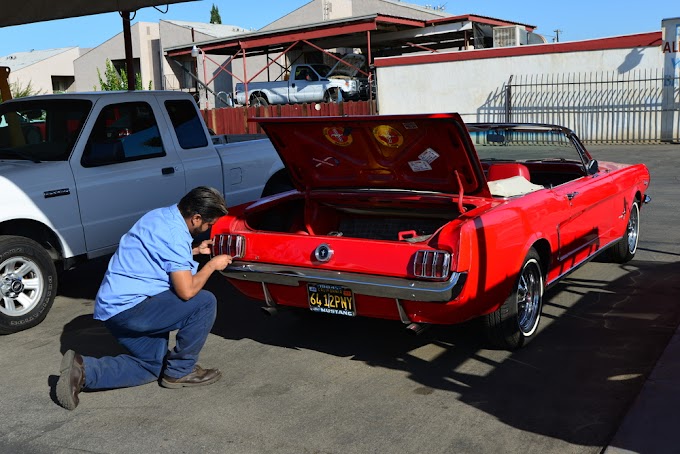In a normal scenario, financial management is already one of the biggest challenges for a carrier, as well as for any company. According to RCC Auto Transport, the lack of control over operating expenses, costs, taxes and interest is the main reason for closing deals in the USA.
Now, amid an economic recession because of the pandemic, it becomes even more important to have good cash management at the carrier. Then check out how to organize your operating expenses smartly.
Difference between operating costs and expenses
Although operating costs and expenses refer to the money that comes out of your company, they do not mean the same thing. Do you know the difference between them?
On the one hand, the costs represent costs directly involved in the core business of the company. In the case of your carrier, examples of costs involved in transportation are fuel, tires, parts, among others. They serve to maintain the primary function of the business, which is to transport cargo.
In turn, operating expenses support the business, but are not directly related to the core activity. For example, an investment in marketing or the purchase of office supplies will not have a direct impact on the transport itself, but on the company as a whole.
Types of operating expenses
Now that we know that operating expenses are those that are not related to the core activity, but that still has the function of keeping the business operating in perfect order, you can start organizing them in different ways.
One way of organizing operating expenses is to separate them between commercial and administrative expenses.
- Commercial expenses: expenses that aim to increase the company's revenue, such as advertising, incentive commission for commercial team, gifts, etc.
- Administrative expenses: office rent, water, electricity and internet bills, insurance, accounting expenses, salaries and benefits for office employees, etc.
Making this distinction allows you to realize, for example, that it is possible to save on commercial expenses when the carrier uses smarter methods to obtain freight, such as a marketplace that connects you directly to shippers.
Another way to separate these operating expenses is between fixed and variable.
- Fixed operating expenses: the monthly cost of an advertising agency, regular investment in marketing, extra digital tools for communication and sales, insurance, salaries, internet monthly fee, etc.
- Variable operating expenses: office supplies, occasional investments in structure, electricity and water bills, etc.
It is at your discretion the best way to make this separation. The important thing is to register each one of them to have greater financial control of the carrier.
Organizing carrier expenses
Undoubtedly, the best way to organize your carrier's expenses is to use some digital tool that can be managed from anywhere. In it, you and your team need to develop a culture of recording any expenses.
Documentation is the most important in organizing operating expenses.
This even allows for more accurate projections of future expenditures.
For those who are easy with spreadsheets and want to start with a free tool, you can use Google Sheets. There are also some Transport Management System (TMS) options that offer this type of financial control, or software that integrates with them to perform this function. It all depends on your budget and how easy it is to adapt to each solution.






0 Comments